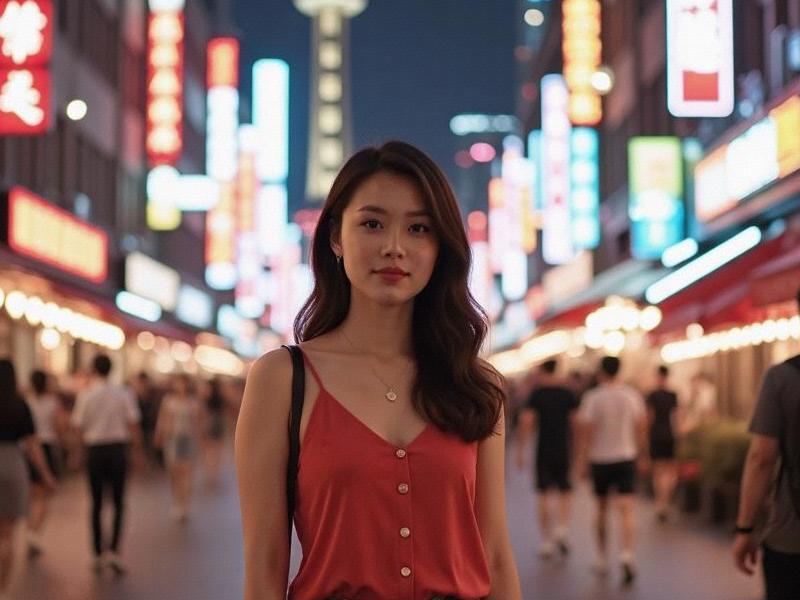
The glow of Shanghai's neon skyline tells a story of a city that never sleeps - where the boundaries between dining, entertainment and social networking blur in increasingly sophisticated venues.
Historical Development
Shanghai's entertainment evolution through three decades:
1. The KTV Era (1990s-2000s)
- Private singing rooms as business venues
- Peak of 6,000+ KTV establishments in 2012
- Chains like Party World dominating the market
2. The Nightclub Boom (2010-2020)
- International DJ culture adoption
- Bottle service introduction
- First generation of superclubs (M2, Muse)
3. The Experience Economy (2020-present)
- Immersive entertainment complexes
- Tech-driven personalized experiences
- Rise of members-only "social clubs"
2025 Market Overview
Latest industry statistics reveal:
上海龙凤千花1314 - ¥52 billion annual revenue from entertainment venues
- 2,100 licensed establishments in Shanghai
- 72% of high-end venues now combine multiple functions
- Average customer spend: ¥3,500 per visit (up 340% from 2015)
Innovation Trends
1. Technology Integration
- Facial recognition entry systems
- AR-enhanced private rooms
- AI-powered entertainment recommendations
- Holographic host performances
2. Design Revolution
- Vertical entertainment towers
- Biophilic interior designs
- Convertible space configurations
- Smart lighting systems
3. Service Evolution
- Robot bartenders
- Digital concierge services
- Mood-based atmosphere adjustment
上海夜网论坛 - Blockchain membership programs
Notable Venues
1. Aurora (Pudong)
- 15-story entertainment skyscraper
- Rooftop infinity pool with VR projections
- Sustainable design certified
2. Jade Dragon (Xuhui)
- AI-powered KTV with vocal coaching
- Private dining with robotic chefs
- Interactive floor projections
3. Nova (The Bund)
- 4,000 sqm multi-concept space
- Rotating international artist collaborations
- Smart temperature/zoning system
Cultural Hybridization
Modern Shanghai venues blend:
- Traditional Chinese aesthetics with futuristic design
爱上海419 - Guanxi culture with global hospitality standards
- Local musical heritage with electronic beats
Challenges and Regulations
Key industry issues:
- Rising operational costs (40% increase since 2020)
- Talent shortage for specialized positions
- Noise pollution controls
- Strict fire safety requirements
- Enhanced ID verification systems
Future Outlook
Emerging trends to watch:
- Virtual reality club experiences
- Wellness-oriented nightlife concepts
- Temporary pop-up venue collaborations
- Corporate entertainment packages
- Potential 24-hour entertainment zones
As Shanghai continues its ascent as Asia's entertainment capital, its venues serve as both cultural ambassadors and economic drivers, offering fascinating insights into China's evolving leisure preferences and technological capabilities.
